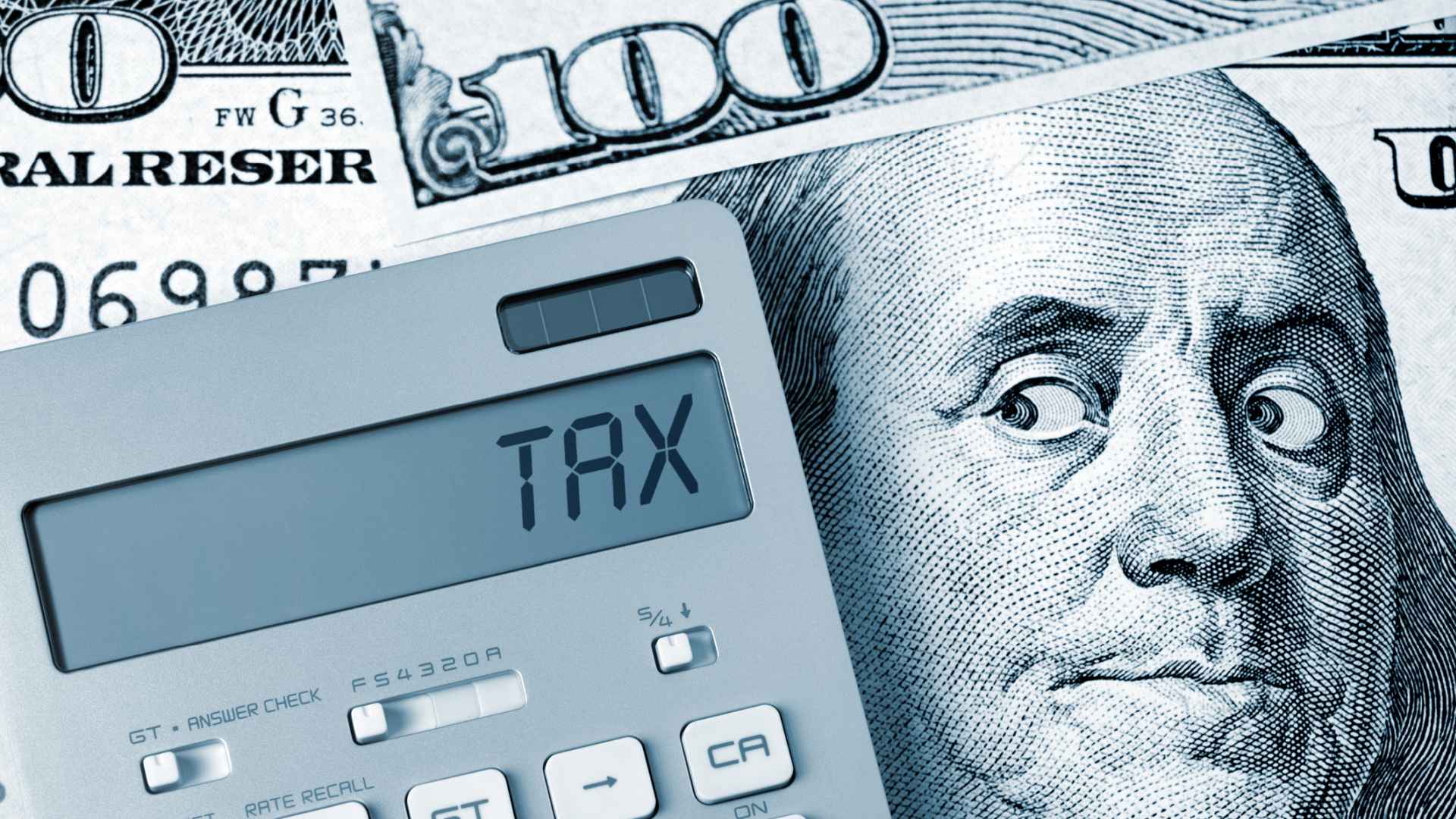
President Donald Trump’s “One Big Beautiful Bill” was recently signed into law and with it comes a wave of tax changes that will reshape how millions of Americans plan and file their taxes.
Trending Now: 8 Ways Trump’s ‘One Big Beautiful Bill’ Could Offer Tax Relief
See Next: 7 Luxury SUVs That Will Become Affordable in 2025
Some provisions are retroactive to the beginning of this year, while others phase in starting January 2026. Either way, the ripple effects are already in motion and taxpayers who wait until the next filing season to adjust may miss out on key savings or find themselves underprepared.
Here are smart ways to prepare your finances now for major 2026 tax shifts.
Use 2025 To Set Up a Smoother Filing Season
Taxpayers should treat 2025 as a critical setup year.
“Work with a tax pro to strategically adjust your paycheck withholdings or quarterly estimates now to reflect larger deductions and credits coming next tax season,” said Derek Brainard, director of financial education at AccessLex Institute.
Strategic adjustments now can help align with new rules, reduce next year’s tax burden, and avoid costly missteps during the next filing season.
Check Out: Here’s How Much Your State Collects on Every Type of Tax
“If you run a business or freelance, look closely at timing big purchases to take advantage of restored bonus depreciation,” Brainard said.
In addition, Brainard said because some deductions and credits apply specifically to 2025, it’s also wise to begin gathering documentation, particularly for those who have paid car loan interest, earned significant tip or overtime income or adopted a child this year.
Move Income While Rates Are Still Low
With key provisions of the Big Beautiful Bill set to expire by the end of the decade, tax rates are likely to rise. Shifting income into 2024 or 2025 could help taxpayers lock in lower rates while they are still available.
“For majority of people, the best thing to do is to look at when they get paid. It might be a good idea to move some of your income to 2024 or 2025 while rates are still low, since tax brackets are certain to go up when the present tax system ends,” said Sean McSweeney, founder and CEO of Voyant Health, who regularly counsels clients on income strategy and tax efficiency.
“During this time, I’ve told a number of clients to think about doing partial Roth IRA conversions, especially if they’re between jobs, semi-retired or in a lower tax bracket for a short time. Locking in today’s reduced rates can make your taxes a lot lower for the rest of your life,” McSweeney added.
Max Out Pre-Tax Contributions While You Can
Taxpayers should also revisit their pre-tax contributions, especially in a year when deductions are both expanded and temporary. Taking full advantage of tools like HSAs, traditional IRAs and 401(k) plans can reduce this year’s taxable income and create flexibility in the years ahead.
“Another thing I suggest is to make the most of your pre-tax donations while the laws for deductions are still in your favor,” McSweeney said. “That covers HSAs, traditional IRAs and 401(k) [plans]. These not only lower your taxable income now, but they can also provide you more options for how and when you’re taxed in retirement.”
For 2025, the IRS raised the HSA contribution limit to $4,300 for individuals and $8,550 for families, with an additional $1,000 catch-up contribution allowed for those age 55 and older.
This is especially important for earners who expect their income or tax bracket, to rise in the coming years once the current system phases out.
Check If Your Tax Breaks Are Ending Soon
Some tax breaks created under earlier legislation, like the 20% pass-through deduction for small business owners, may be on their way out, per the Tax Foundation. Others, like the expanded Child Tax Credit or retirement account strategies, are shifting in ways that could reduce their value if taxpayers don’t act soon.
“Freelancers and small business owners might lose the 20% business income deduction in 2026, so it’s smart to plan ahead,” said Elina Linderman of La Rusa Financial. “For parents, some child-related tax breaks may shrink. Adjust your tax withholding or start planning for those changes now.”
Don’t Miss Time-Sensitive Tax Breaks
Some of the new tax benefits created under the Big Beautiful Bill come with hard deadlines and missing them could mean leaving money on the table.
“Parents with newborns can open new ‘Trump Accounts’ in early 2026 to secure the $1,000 starter,” Brainard said. “Anyone eyeing an electric vehicle should act by September 30, since the EV tax credit phases out after that.”
Editor’s note on political coverage: GOBankingRates is nonpartisan and strives to cover all aspects of the economy objectively and present balanced reports on politically focused finance stories. You can find more coverage of this topic on GOBankingRates.com.
More From GOBankingRates
- 6 Costco Products That Have the Most Customer Complaints
- Mark Cuban Warns of 'Red Rural Recession' -- 4 States That Could Get Hit Hard
- Clever Ways To Save Money That Actually Work in 2025
- 5 Types of Cars Retirees Should Stay Away From Buying
This article originally appeared on GOBankingRates.com: 5 Ways To Prepare Your Finances Now for Major 2026 Tax Shifts







